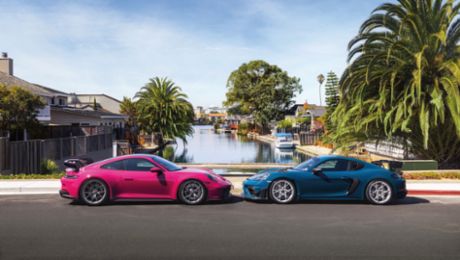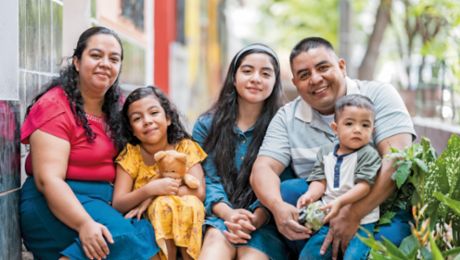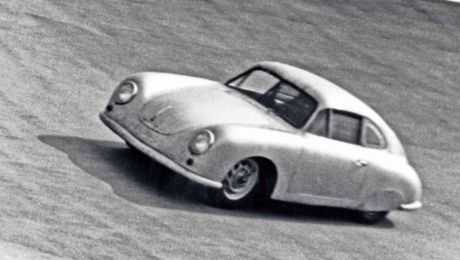However, Pepita has been a regular Porsche feature ever since it was originally introduced as a special request in the early 1960s and adorned the seats of the Porsche 356. These checks arranged in diagonal stripes also grace the seat centers of the oldest 911 derivative in the Porsche Museum, the sports car with chassis number 57, built as a 901 at that time.
The name of the pattern was inspired by the stage name of the Spanish dancer Josefa Durán y Ortega from the 19th century: Pepita de Oliva. It was French fashion designer Christian Dior who made the pattern famous when he presented his designs in 1947, which would later become known as the “New Look” style, with Pepita appearing in his women’s collection. It was a bold decision, as it had previously only been used in men’s fashion. But Dior set a trend, and from then on Pepita was mentioned in the same breath as prosperity, elegance, and chic.
Signature Porsche feature
Recognizing the significance, Porsche officially offered the pattern for the first time in the equipment catalog for the original 911. In addition to the traditional design in black and white, as of 1966, customers could choose from the color combinations black, red, and white as well as black, brown, and white. The distinctive textile pattern adorned door panels and trunks and lined glove boxes and fabric seat centers, quickly becoming a signature Porsche feature. In fact, it still represents iconic interior design to this day.
When the one millionth 911 was built in 2017, Ferry Porsche’s first 911 company car served as a historical template – with Pepita in the interior. The pattern also adorns the exclusive special models of the modern age such as the 911 Classic Club Coupé (996 type), a one-of-a-kind car designed in collaboration with the Porsche Club of America. Door panels and seat centers boast a Pepita pattern of woven leather in black and slate grey. In the “Sally Special” 911, a custom car inspired by the movie Cars in 2022, the Pepita pattern inside incorporates the blue of the exterior. The checks in traditional black and white also adorn the door mirrors and the centers of the sports seats of the 911 Sport Classic (992 type), which is limited to 1,250 vehicles worldwide.
The pattern comes standard
To this day, Pepita is still one of the most popular materials when it comes to the special-request program at Porsche Exclusive Manufaktur. If customers opt for a leather-free interior, the pattern comes standard as of this year. Working with Porsche Exclusive Manufaktur, Style Porsche experts have reinterpreted the material for a journey back to the 1960s. While the classic pattern once contained a high percentage of wool, it’s now made from high-quality, recycled high-tech materials, which confirms once again that Pepita is timeless – and moves with the times.
Info
Text first published in the Porsche magazine Christophorus 410
Author: Christina Rahmes
Photos: Studio Schöttger
Copyright: All images, videos and audio files published in this article are subject to copyright. Reproduction in whole or in part is not permitted without the written consent of Dr. Ing. h.c. F. Porsche AG. Please contact newsroom@porsche.com for further information.





